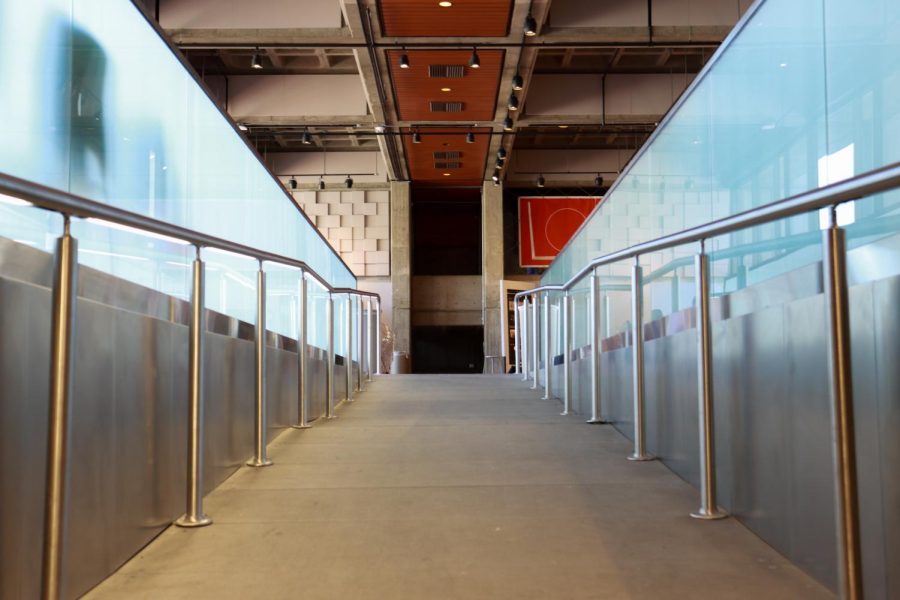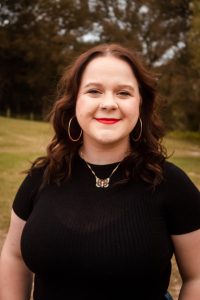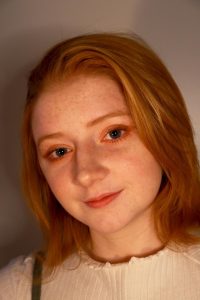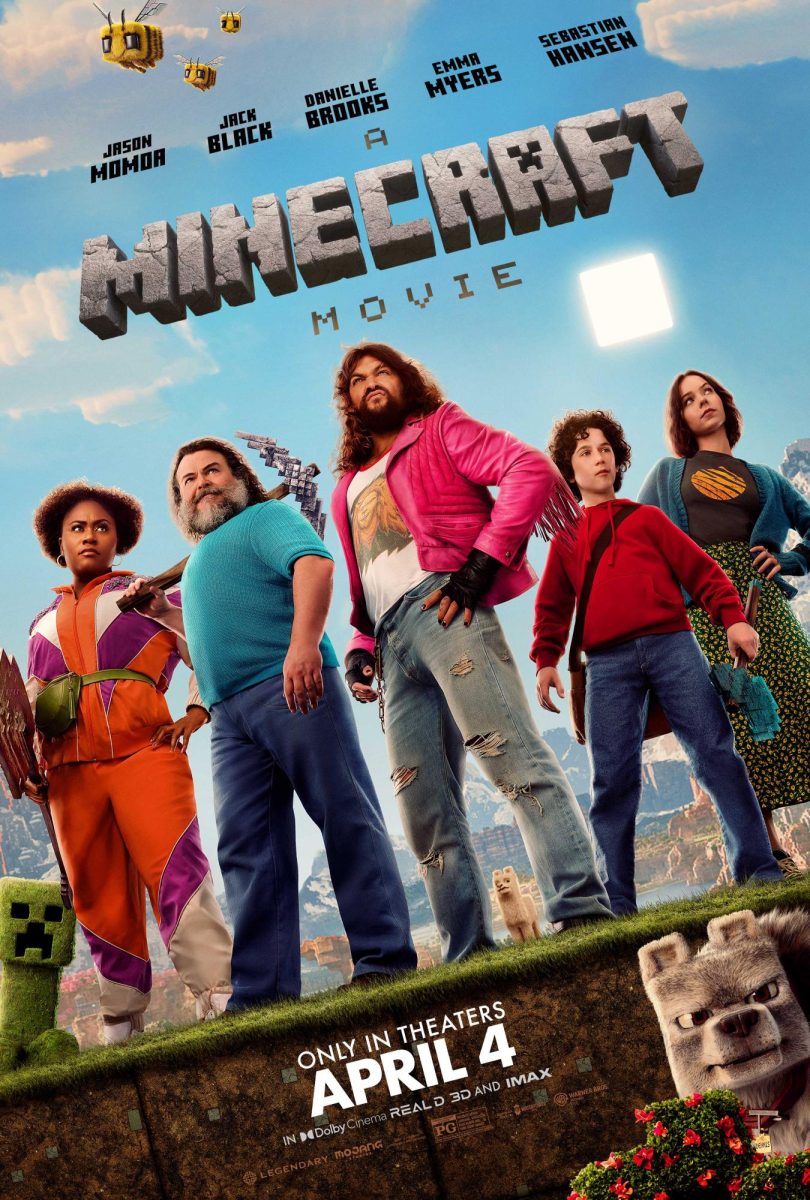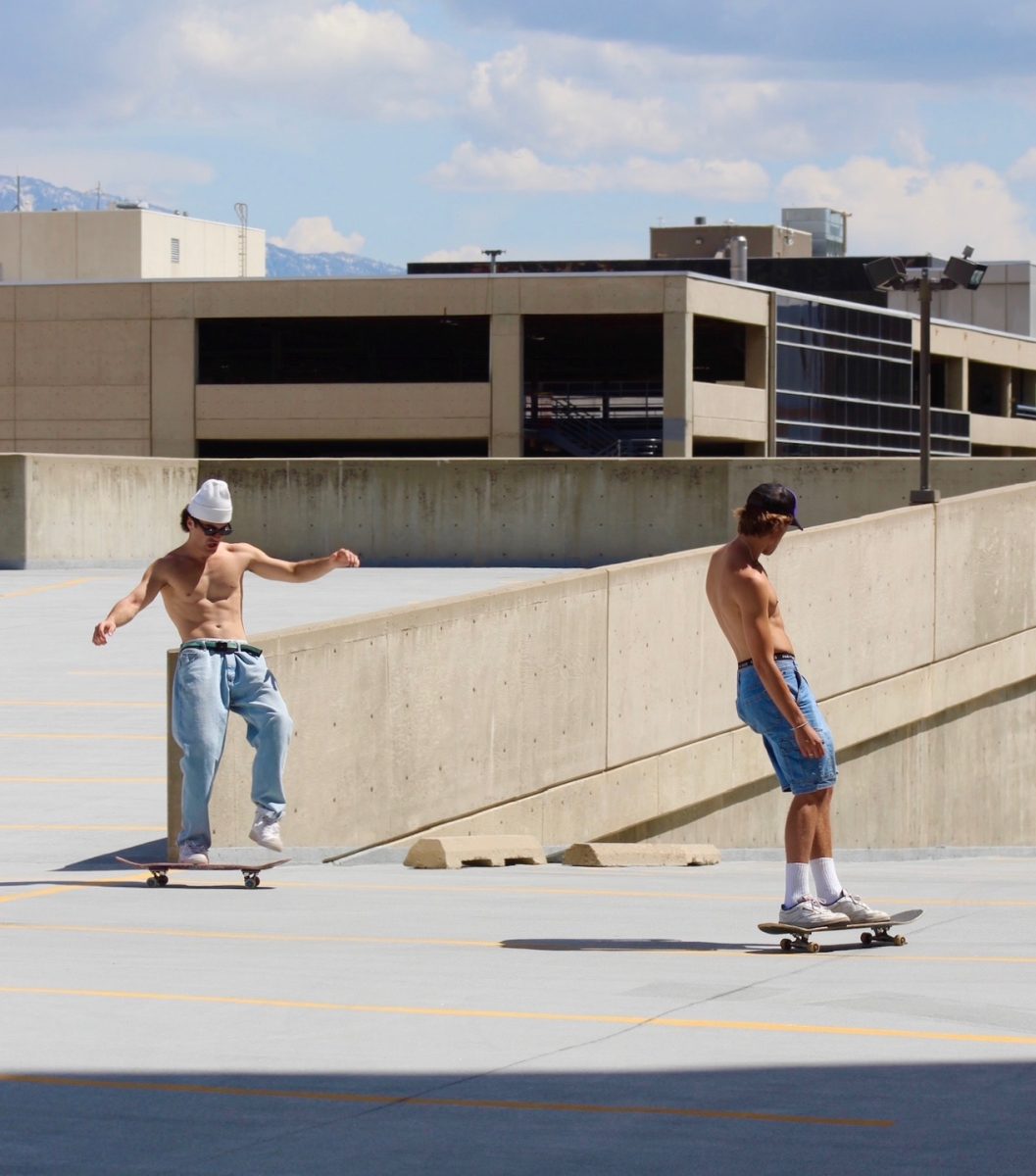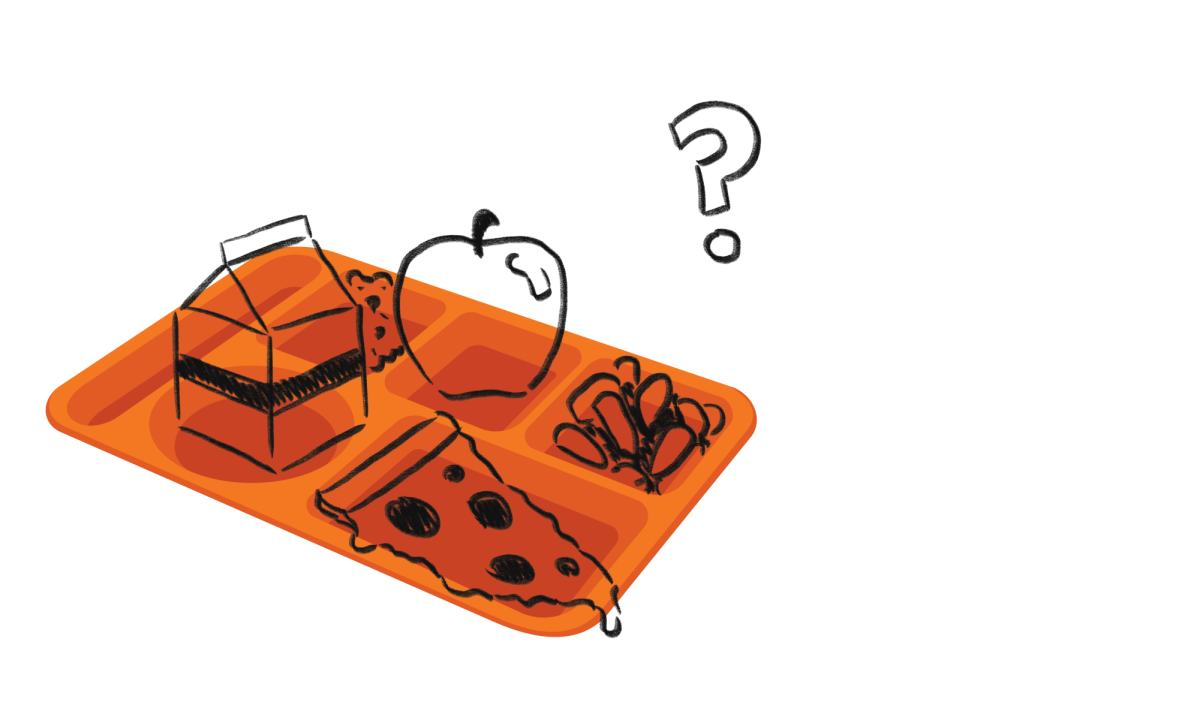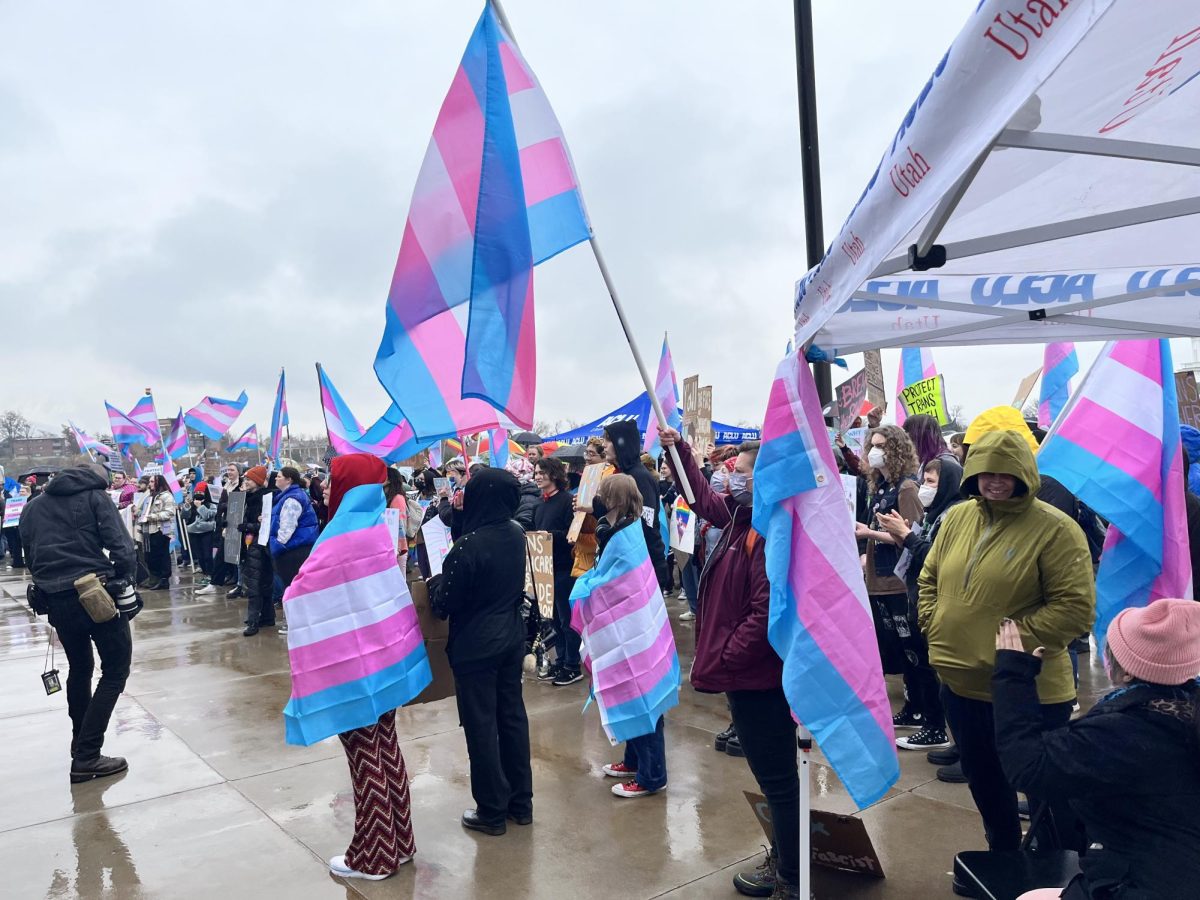Universal Design Seeks to Address Core Accessibility Issues at Universities
New accessible ramp on the ground floor of the School of Architecture and Planning building at the University of Utah in Salt Lake City on Monday, April 10, 2023. (Photo by Sarah Karr | The Daily Utah Chronicle)
April 16, 2023
Universities were built on the idea of exclusion, according to Angela Smith, director of Disability Studies at the University of Utah.
“Universities are inherently ableist,” Smith said. “The whole principle is only certain kinds of people who can accomplish at a very high level in very specific ways belong at a university.”
Universal Design in Action
One possible solution to accessibility issues is a concept called universal design for learning. The Center for Excellence in Universal Design defines it as “the design and composition of an environment so that it can be accessed, understood and used to the greatest extent possible by all people regardless of their age, size, ability or disability.”
One college that has worked to implement universal design is Greensboro College, a private four-year institution in North Carolina. The college has around 1,000 students and a 10-to-1 student to faculty ratio. Universal design is a part of the main pillars of their strategic plan for the entire college.
Georgieann Bogdan, the director of accessibility services at Greensboro College, has been at the forefront of implementing universal design for her college. The call to make institution-wide changes originally came from the university president and Bogdan was a part of a team that worked on a comprehensive plan to help the whole college shift to utilizing universal design.
Bogdan used an analogy to describe universal design, saying it is about seeing a snowy ramp and stairs needing to be shoveled and shoveling the ramp first because all students can use the ramp, instead of the stairs that only a select number of students can use. Bogdan said it requires professors to simply get more creative in trying to reach all students in learning.
“It’s really clearing the path for people … for everyone,” she said. “And to be intentional about it. So design your courses from the beginning to target diverse learners.”
Bogdan said universal design started as more of an architectural idea, but expanded into education.
Over the course of several years, Greensboro College and a committee including Bogdan went through a five-step plan to explore, prepare, integrate, scale and optimize universal design for learning principles on their campus. Bogdan traveled and researched to learn more about universal design. For the college, the long-term goal was to make sure they were all-inclusive in learning and mobility around campus.
In the preparation phase, the committee surveyed teaching and student evaluation in the college to assess types of learning and evaluation. One part of implementing UDL was ensuring there was a wide range of ways information was being represented in class over simply lecturing, and students were being measured by more than just a test score.
The implementation phase was not about recreating each class, according to Bogdan. It was more about asking professors to try a new form of teaching and training faculty about UDL during meetings and professional development.
Bogdan said one of the first things they did was help faculty create syllabi that abided by UDL principles.
“That meant everything from making sure there is a calendar that can be read with dates and times and due dates, a specific statement about accessibility and UDL in the classroom … that there were multiple means of evaluating your students, besides tests,” she said. “And different ways to get the textbook.”
The college’s implementation of universal design goes beyond teaching. They have built spaces that are meant to be inviting and accessible hubs for students, and have also worked on bringing in more assistive technology for students.
Another example of universal design at Greensboro is allowing student accommodations when it comes to public speaking and presentations or group work.
“We’ve got a counseling center that helps them with their anxiety with that and we also give accommodations to students who are working on that but haven’t quite gotten that far,” Bogdan said.
As they began to advertise their use of universal design, Bogdan said they also noticed it was an admissions draw for students.
“Once [administration] saw people were asking about it and thinking … is it bringing in the green?” she said. “And so yeah, we could see that happening. And so that was another good plus for us.”
As for changes for the students, Bogdan said testing anxiety is now lower for students, students are using less accommodations in class and are feeling more independent about their classroom success.
While Greensboro College is a school of around 1,000 students, Bogdan said a key part of scaling up a project like this would be having buy-in in every department. She said it could start by simply training the dean of each college to understand universal design.
According to Bogdan, a key part for implementation was gathering as many allies as they could and having administration that was on their side.
“You’ve got to find people on your side that have that enthusiasm for having our students be successful,” she said.
One challenge for implementing universal design is the price tag. For Greensboro College, they have to follow historical architectural rules that can make improving accessibility expensive.
“We have to do some creative things,” Bogdan said. “But it’s the buy-in and once professors start to see that their students are more engaged, doing better overall in their classes, they catch on and see that this is an impetus for that.”
Bogdan said they continue to have new initiatives with UDL.
“We’re moving in that direction, trying to create a community of equity and inclusion and where UDL is just second nature,” she said.
Bogdan said it’s like bowling — someone doesn’t throw the ball down the middle, as they would get a split, but rather try to throw a curveball to catch all the pins. The same idea encapsulates universal design.
“So sometimes we have to come in the side door and not hit it straight on,” she said. “And this is just being a little bit more creative than … professors used to be.”
Implementation at the U
Smith is co-chair of the Universal Design & Access Committee, which was created in 2020. The committee was born from seeing a need all the time with accessibility issues. Smith said that when she started teaching disability-focused courses, they started drawing more students with disabilities and Smith got to hear more of their experiences.
“In our class discussions, I learned so much from students with disabilities and the really exclusionary and often downright discriminatory experiences they had had at the university,” Smith said.
Smith worked closely to create the committee with previous CDA director Scott McAward. Upon creation, the committee absorbed a former ADA committee and its responsibility of responding to issues of physical access on campus with the hopes of going beyond compliance with ADA and taking up the principles of universal design.
“It’s also about how can we proactively find out what current issues are emerging?” Smith said. “How can we proactively make the university more accessible to a wider variety of people?”
The committee is made up of professors from a wide range of departments, faculty from OEO, the CDA and students.
“It’s meant to be a wide variety of people that can both point out problems and who can figure out how to solve them and who can also just, again, proactively make changes that will improve things in their part of the university,” Smith said.
Currently, their website notes two projects they are working on: the accessibility website and the pathways project.
The accessibility website is meant to bring all information about accessibility into one centralized and forward-facing location. It is linked to the U’s front page. Smith said previously there was not one place a student could start when they had an accessibility issue on campus.
The pathways project seeks to survey and document over 60 miles worth of sidewalks at the U. According to Smith, there was a previous audit created around a decade ago, but with the constant state of construction, the information needs to be updated.
“The goal eventually is to create a data set that can be used for a kind of layover app on phones that would work with the campus map,” she said. “And that would enable students to map their path right, see where they need to get to and to know what information they need.”
This would contain information about the gradient of a slope, whether or not there was a construction project, etc. Previously, a graduate student in architecture was surveying and gathering information about sidewalks as part of efforts to update data.
Additionally, the committee is also working on social media accessibility. Smith said the U has a large amount of social media accounts across platforms that post information, advertise events and communicate.
“Often, those accounts don’t attend to accessibility as much as we would like to seem,” Smith said. “They forget to alt text their images for people using screen readers, when they post a video, it doesn’t always have captions. Even just a small thing, like it’s called Camel case, putting a capital letter at the start of every word and a hashtag makes it more readable for everyone, but especially for someone who might have a reading disability.”
Smith said they have worked with the U’s main account to remedy issues, but they are working on getting information out to other U accounts.
While the Universal Design & Access Committee is starting the work to employ universal design principles on campus, Smith said the risk of universal design is that it sounds like a checklist that you can be done with, when in reality it is an ongoing process.
“Despite the ‘universal’ in universal design, there’s no way we can anticipate the vast diversity of body [and] minds in the world and anticipate and accommodate them all ahead of time,” Smith said. “But, nonetheless, there are certain things that we can continually ask ourselves about whatever area we work in, and who we’re reaching out to and who we’re excluding, and how to make our spaces, spaces in which people can belong, even if they aren’t the kind of standardized person that we tend to think of when we do our work.”
Smith said access is a collective practice as well. Although she is the professor, she said she needs students to take part in and co-create an accessible space by supporting one another in a wide variety of ways.
She said she has combined UDL and the steps that can be checked off with a more flexible and understanding approach.
“[A process that] understands that we’re continually going to need to revise our practices to improve accessibility and to welcome different kinds of people,” Smith said.
Smith has also introduced education workshops, but says they are only in the early stages of that. They have done presentations for groups in the Theatre Department, as well as for the Center for Teaching Excellence, but they are hoping to post more information and recordings online so more people can access the information.
Smith said that progress and change can be hard to measure during processes like this.
“A lot of what we’re doing challenges what we think of as student success, right?” she said. “So if the logic of challenging ableism leads us to challenge the idea of giving grades at all, then you’re not going to be able to measure student success by grades, right? Because you’ve already decided, and correctly I think that that’s a kind of ableist system.”
She said success through a disability lens can look quite different. Instead of a high GPA, Smith said success can look like making community for people who have typically been excluded.
“It can look like providing alternative modes of completing assignments, giving extensions, right, things that aren’t usually seen as about success,” Smith said. “It’s much more about the experience as being one that includes and supports and makes options possible. And that hopefully, the student leaves the university feeling that their perspective on the world has been transformed and that the practices they’re going to undertake going forward will be more accessible. It’s a hard thing to quantify.”


